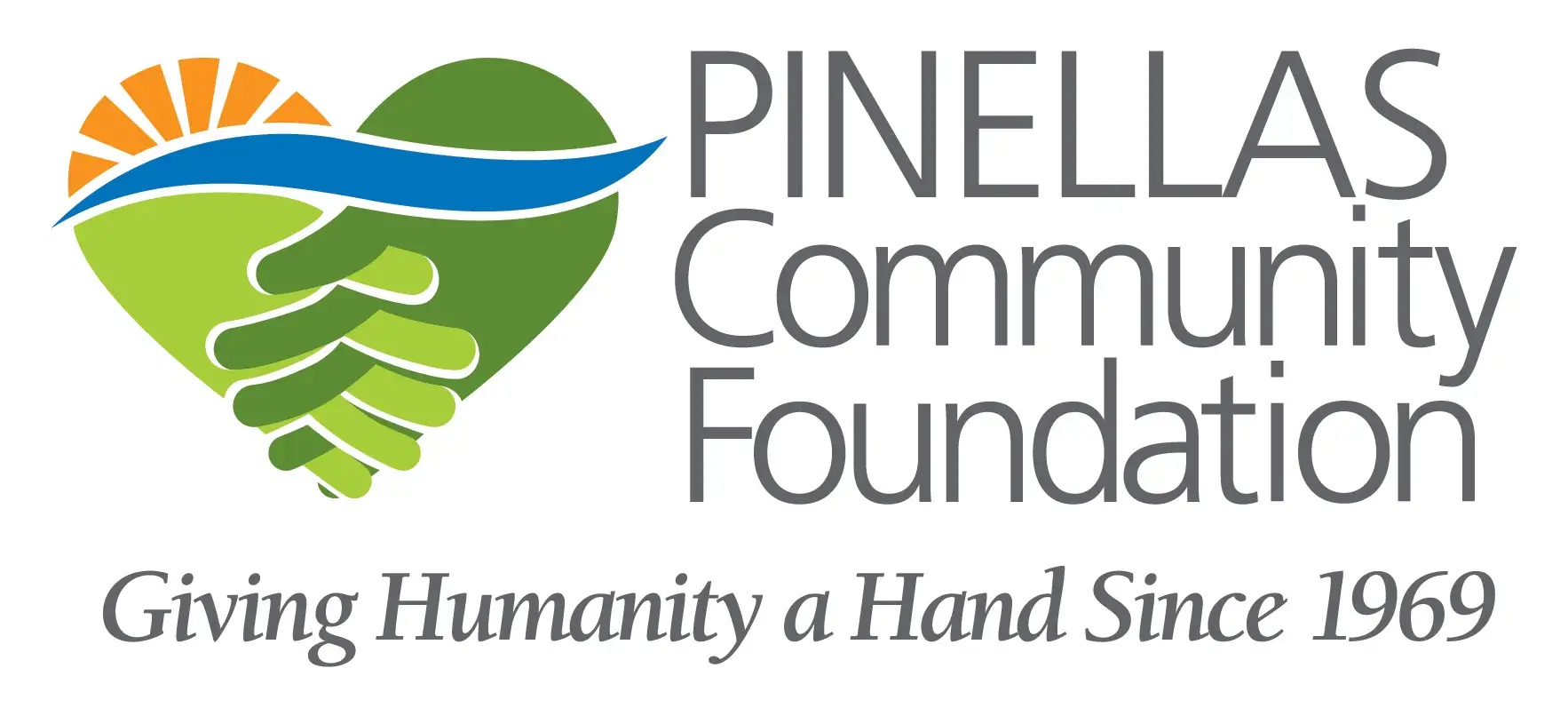What is POTS?
Postural Orthostatic Tachycardia Syndrome (POTS) is the most common dysautonomia. Dysautonomia is an umbrella term used to describe any disorder of the autonomic nervous system. It’s characterized by symptoms in multiple organ systems and an abnormal increase in heart rate upon standing (30 bpm in adults, 40 bpm in teens). Hence the meaning of the name:
Postural: relating to posture or position the body
Orthostatic: relating to or caused by an upright position
Tachycardia: a heart rate that is too fast or increased heart rate
Syndrome: a group of signs and symptoms that occur together
Among many other functions in the body, the autonomic nervous system is responsible for maintaining normal heart rate and blood pressure whether sitting, standing, or lying down. One example of the ANS is working as it should is when a person stands up and the blood vessels in the lower body constrict. This keeps the blood from pooling in the lower extremities and gut and continues consistent blood flow to the vital organs including the heart, lungs, and brain. In a POTS patient, the ANS does not function properly. The blood flow to the brain may decrease and the patient may feel dizzy or light-headed, or they may even faint upon standing. The heart rate increases as the body recognizes this decrease in blood flow.
Some providers use terms to describe variations in types of POTS:
Neuropathic POTS: Damage to small fiber nerves that regulate blood vessel constriction in extremities and abdomen
Hyperadrenergic POTS: Elevated levels of stress hormone, norepinephrine; overactivity of sympathetic nervous system and may include hypertension (high blood pressure) in some cases
Hypovolemic POTS: Low blood volume may lead to POTS and symptoms also seen in neuropathic and hyperadrenergic POTS
Secondary POTS: Associated with co-existing conditions (i.e., autoimmune, Lyme disease, diabetes)
Signs and Symptoms
With POTS, abnormal symptoms may present in many parts of the body, including abnormal blood flow to the heart, lungs, and brain. It often involves problems with digestion, temperature regulation, and many other involuntary functions of the body. Because the condition involves the autonomic nervous system, which regulates mostly internal functions such as breathing, heart rate, and blood pressure, to name a few. POTS is commonly known as an “invisible illness.” The symptoms often change over time.
Other possible symptoms:
- Lightheadedness, faintness
- Syncope (fainting)
- Short term memory loss
- Mental clouding (brain fog)
- Difficulty finding words
- Difficulty with depth perception
- Sensory integration issues (light and motion)
- Paresthesia (tingling, prickly, pins and needles sensation) unilateral/bilateral
- Migraine headaches
- Fatigue
- Exercise intolerance
- Heat intolerance
- Temperature dysregulation
- Abnormal sweat (Anhidrosis = too little; Hyperhidrosis= too much)
- Abnormal tears
- Abdominal pain
- Nausea
- Constipation
- Diarrhea
- Intermittent gastroparesis (partial paralysis of the stomach)
- Reflux
- Flushing
- Circulation issues
- Palpitations
- Difficulty breathing
- Vomiting
- Muscle weakness or hypotonic (low muscle tone)
- Anxiety or depression
- Tinnitus (ringing or other noises in one or both ears)
- Weight gain
- Panic attacks
POTS symptoms can change and become worse depending on the environment, situation, or other biological factors.
- Standing for long periods of time
- Warm environments including hot showers or baths or being in the sun
- During menstruation
- Pregnancy
- Strenuous exercise
- Illness (viral or infection)
- During or after a stressful situation
Who does POTS affect?

POTS develops more often in adolescents and young adults. It affects an estimated 1 in 100 teenagers. The average age of individuals diagnosed with POTS is between 12 and 50. It is more common in women than in men with a 5:1 ratio. POTS may run in families. Although a specific genetic association has not been identified, there may be a genetic predisposition for POTS. Often an illness or trauma serves as a trigger for onset.
POTS may develop after or along with:
- Viral or bacterial infection
- Pregnancy
- Physical trauma including concussions, car accidents, spinal injury among others
- Surgery
- Autoimmune conditions (notably Sjogren’s syndrome or celiac disease)
[Note: A long period of bedrest can often cause an abnormal heart rate when standing that mimics POTS. This is a typically a temporary abnormality and should not be confused with a full onset of POTS symptoms.]
Some POTS patients have coexisting conditions. This is not an exhaustive list.
- Chronic fatigue
- Migraines
- Fibromyalgia
- Ehlers Danlos Syndrome & Joint Hypermobility
- Autoimmune diseases
- Functional GI disorders
- Mast Cell Activation Syndrome (MCAS)

How is POTS Diagnosed?
It can be challenging to diagnosis POTS because the symptoms vary from patient to patient and most providers have not been trained to identify or understand autonomic disorders. Often patients see several doctors over the course of many years without receiving an accurate diagnosis. It’s important to find a provider who understands dysautonomia. That physician should start by conducting a clinical assessment which includes a comprehensive medical history and physical examination.
The tilt-table test used to be the gold-standard of POTS diagnosis. However, a simple orthostatic vitals test can help providers confirm a suspected dysautonomia diagnosis.
Orthostatic Vitals Test: This test can be performed in a provider’s office by a nurse or properly trained staff member. The test results may provide meaningful data about the patient’s response to orthostatic stress. More importantly, an orthostatic vitals test may confirm a suspected dysautonomia without the use of expensive diagnostic testing.
Tilt Table Test: This test is done to see how the body reacts to changes in position without the use of the large muscles in the legs which act as a secondary muscle to increase circulation. A tilt-table test is helpful when a patient presents with POTS symptoms, but their heart rate does not reach a 30 to 40 bpm increase. By eliminating the use of the leg muscles, with a tilt test a provider can determine if the orthostatic stress is causing an abnormal increase in heart rate.
Prognosis and Treatment
Researchers do not completely understand what causes POTS. While POTS is not life-threatening, it can be very debilitating. There’s no known cure, but symptoms can be managed. There’s no one course for treatment because patients may experience varying symptoms and severity of symptoms. Any treatment should be done while under the care of a provider who understands ANS dysfunction. Some of the non-pharmacological treatments used for common symptoms include:
- Increasing water intake to keep your blood volume up. 2-4 liters fluid daily is recommended
- Adding sodium (salt) to your daily intake or the use of sodium supplements. Salt helps to retain fluid volume in your blood. 5-9 grams of salt daily is recommended.
- Movement and/or exercise daily is recommended. Some patients may benefit from physical therapy, aquatic therapy, cardiac rehab
- Diet changes: Eat smaller, more frequent meals to aid in digestion. Large meals worsen dizziness because they shunt up to five times more blood into the abdominal area. This causes a drop in blood pressure also known as postprandial hypotension). Some patients find it helpful to incorporate salty snacks.
- Wearing compression garments to avoid excessive pooling of blood in the legs and abdominal area.
Some of the top pharmacological treatments may include:
- Fludrocortisone: Increases blood volume and blood pressure. May help in reducing plasma NE with long-term use. (Orthostatic intolerance and orthostatic hypotension.) Increase dietary sodium for maximum effectiveness. Ideal in low doses.
- Midodrine: Tightens blood vessels, increases blood pressure and prevents fainting. (Orthostatic hypotension, POTS and other forms of dysautonomia.) Can cause supine hypertension.
- Beta-Blockers: Decrease heart rate, blood pressure and adrenaline effects. Prevents fainting. (POTS and hyperadrenergic hypertension.) Known to cause mast cell degranulation.
- Pyridostigmine: Increases blood pressure and muscle strength. Reduces breakdown of Acetylcholine in ANS. (Chronic orthostatic hypotension.)
Many POTS patients find that a combination of treatments involving medications, diet and lifestyle changes, physical therapy, and even alternative treatments, can help them manage symptoms.
Living with POTS
Every POTS patient has their own journey. It’s important to take ownership of your own health and advocate for yourself. The number one treatment is education. This means learning a much as you can about POTS and your own body. The goal is to increase your number of good days while decreasing your level of disability.
As you work with your provider to find treatments that decrease your symptoms, it will take patience and persistence. Understanding what makes your symptoms worse and what makes them better will help you find a new normal for your life. This involves tracking your symptoms and making note of any reactions to medicines, food, and activities, so your provider can better understand how to treat you.






























11 Responses
My wife is 63 and has many of the POTS symptoms listed here, many of which started appearing after our first COVID vaccination when they first became available. Her symptoms are worsening so last week she had the tilt table test and passed out. The technician conducting the test mentioned that there has been a large increase of women coming in for this test since the start of COVID. Another piece of the puzzle these days?
Yes! We have seen a huge increase in the number of people being diagnosed with an autonomic disorder like POTS since the start of COVID. It makes sense because there is believed to be a link to between infections (viral and bacterial) and the development of POTS. Research in this area is still developing!
I think I have POTS. And it all started after I had covid and was hospitalized for 15 days. I need to go see my primary to see if I actually have this. I have PCOS as well.
This is so interesting. I’m a female struggling with these issues. I finally got covid once back in February or March and my symptoms started. They’ve worsened over time and I’ve wondered if that effected all this.
I was an active and healthy teenager, then I was diagnosed with Lyme Disease and Covid. I was excited when I finally healed from both, only to begin feeling worse as time went on. Then a diagnosis of POTS took the rest of my fun away. Every day is a painful challenge now. I miss feeling healthy.
I feel so bad for you. I had covid in February 2022 right after my sister passed away in January. It lasted a good 2 weeks before I could return to work. Then I got the covid vaccine as a requirement for my new job in December 2022 and started having these sudden feelings of losing balance or passing out, even though I never did. I kept getting told anxiety etc. Tried multiple medications and nothing helped. I finally had to go in a leave of absence from work in August 2023 and haven’t been back. My heart races when I stand, sometimes even laying or sitting(thats probably anxiety!) and I feel bloated, weak, sometimes nauseous and generally unwell. I have a hard time going to the store and being out. Nothing is enjoyable and I feel like my life is ruined. It’s a very upsetting thing to have. You don’t ever know what each day will bring.
I had covid 3 months ago. My resting heart rate before covid was normally 60 ish beat a minute. After covid sitting resting heart rate is 70 ish beats. When I stand i immediately jump to 105. I definitely believe it is covid related.
I literally have every symptom listed have for years!! I’ve always been told there’s nothing wrong with me I’m just lazy and eat poorly. However in the last year I’ve made a complete diet change and I still have all of these I’ve been looking into being assessed for celiac disease because my gut health has been way worse in the last 6 months. I would greatly appreciate any advice or resources to getting assessed for POTS
My symptoms are very much like those mentioned with many more to add to the list! Cramping of every part of my body: neck, shoulders (takes breath away), back, sides, stomach, abdomen, arms, fingers, wrists, legs, ankles, etc. Extreme swelling all over but especially in the
legs and feet. Extreme time walking at all, balance issues, feeling faint and dizzy, trouble laying down snd cramps happening then and having trouble getting up! Headaches, IBS, had migraines for 55 years old then went to just headaches just 8 months ago. I have GERD, Hiatal hernia. Am always fatigued but have trouble sleeping even with sleeping pills. Always seem to have brain fog even though I’ve never tested positive for Covid, do have 4 Covid shots because I’m 75 and felt like I should take them. Haven’t this year!
I am 75, and had my first POTS experience at 19. I always black out before I pass out, so the first time it happened, I thought I suddenly went blind. It happened to me many many times. Sometimes I would come to in an ambulance, sometimes I would be splayed out on a busy sidewalk with a crowd of people around me. It was embarrassing, and a lot of the time I really hurt myself. I had so many concussions from passing out from a standing or sitting position that I couldn’t begin to count the times, which made me afraid that I might have brain damage that could cause Alzheimer’s. Luckily, my memory is still intact at 75,
The other thing is, no Doctor or Hospital was ever able to diagnose me. Finally, after 54 years, my cousin, a nurse, told me when I was telling her about an episode said to me – “I think you have POTS – that’s what I have”. I had the test and she was right. I also have “Coat Hanger Pain” that can accompany POTS. I feel sorry for anyone with these conditions. I have to drink water constantly and take salt tablets or I can go into hypovolemic shock which ended up with me on oxygen and a respirator, so these conditions can be very serious.
I started getting dizzy spells when I was a teenager. I am now 48, and all my symptoms have gotten worse. I have been to every single kind of doctor to always be told that it’s anxiety attacks. I am a very nervous person so I did go with that at first but come on this thing is taking over my life. I miss out on so much for fear of getting dizzy. The only thing that helps these attacks when they do hit is sleep, which sometimes could be for just 1 hour to literally all day. I have had to call out of work so many times because of this issue, I have left work because of has happened at work, many times in an ambulance because people don’t understand and when I get in this mode I am completely incapacitated including slurred speech. It’s so exhausting but now I do have a little hope and I can at least go to my provider and then go to my neurologist and ask to be tested for POTS. Hopefully they can help me.